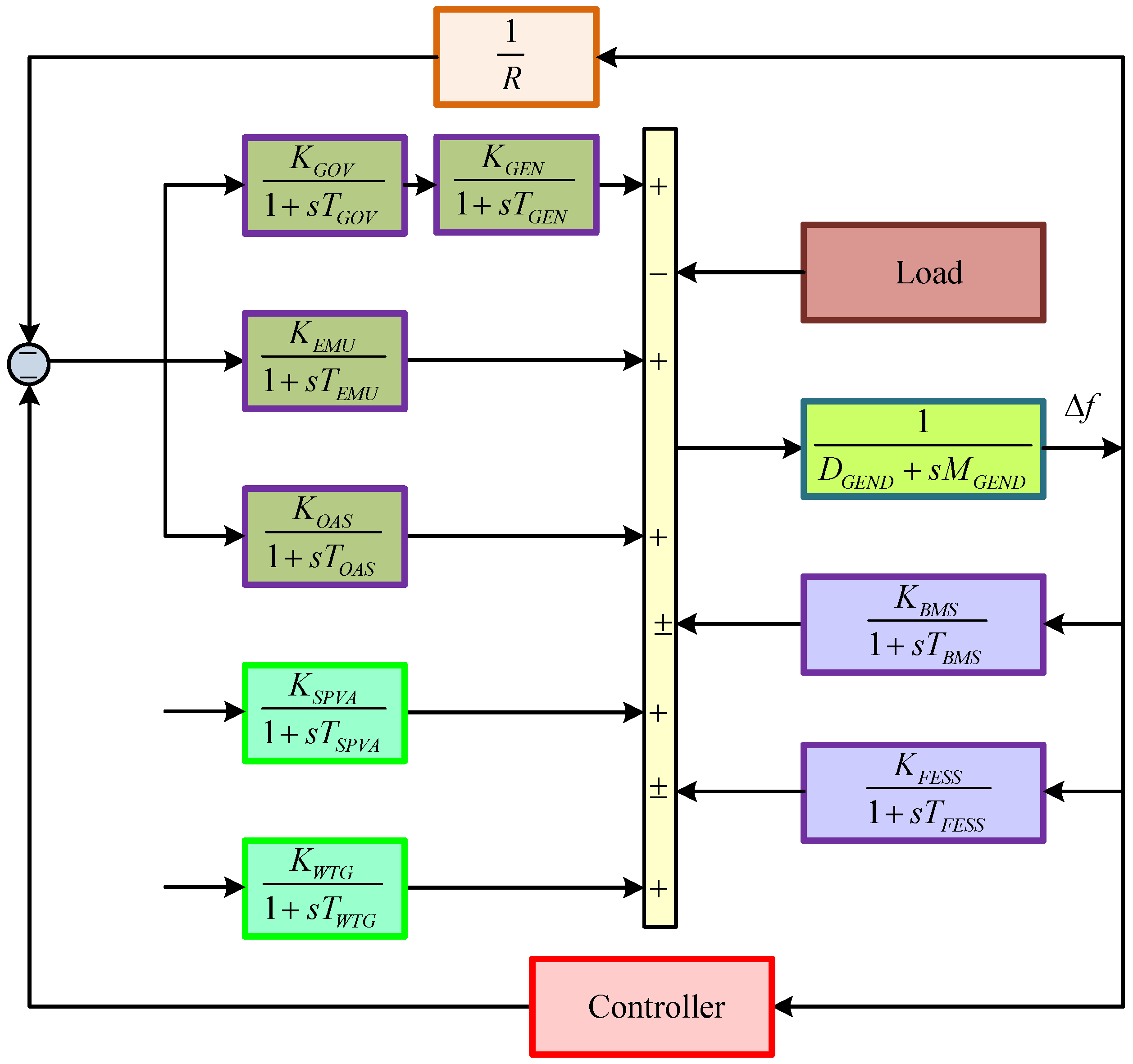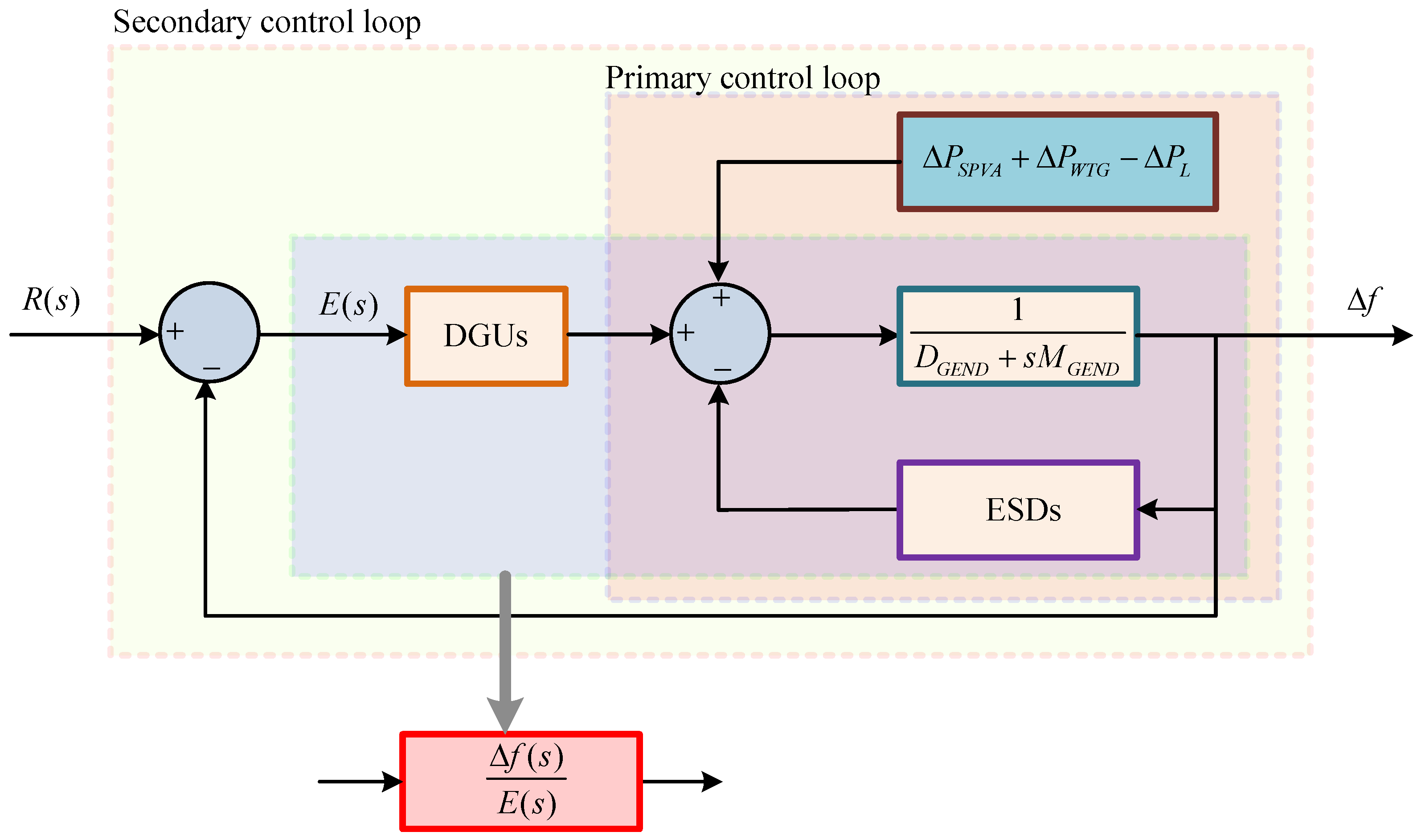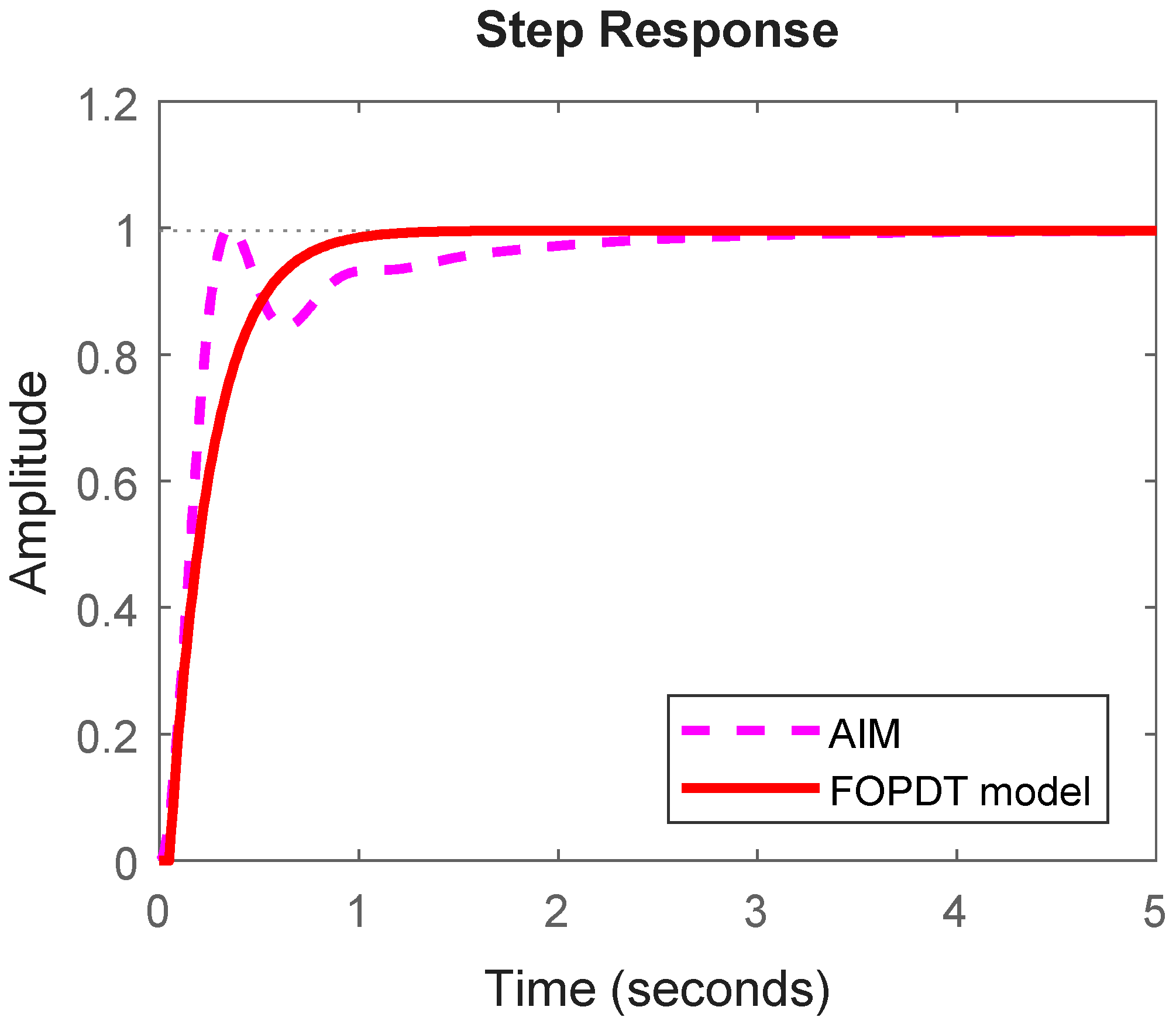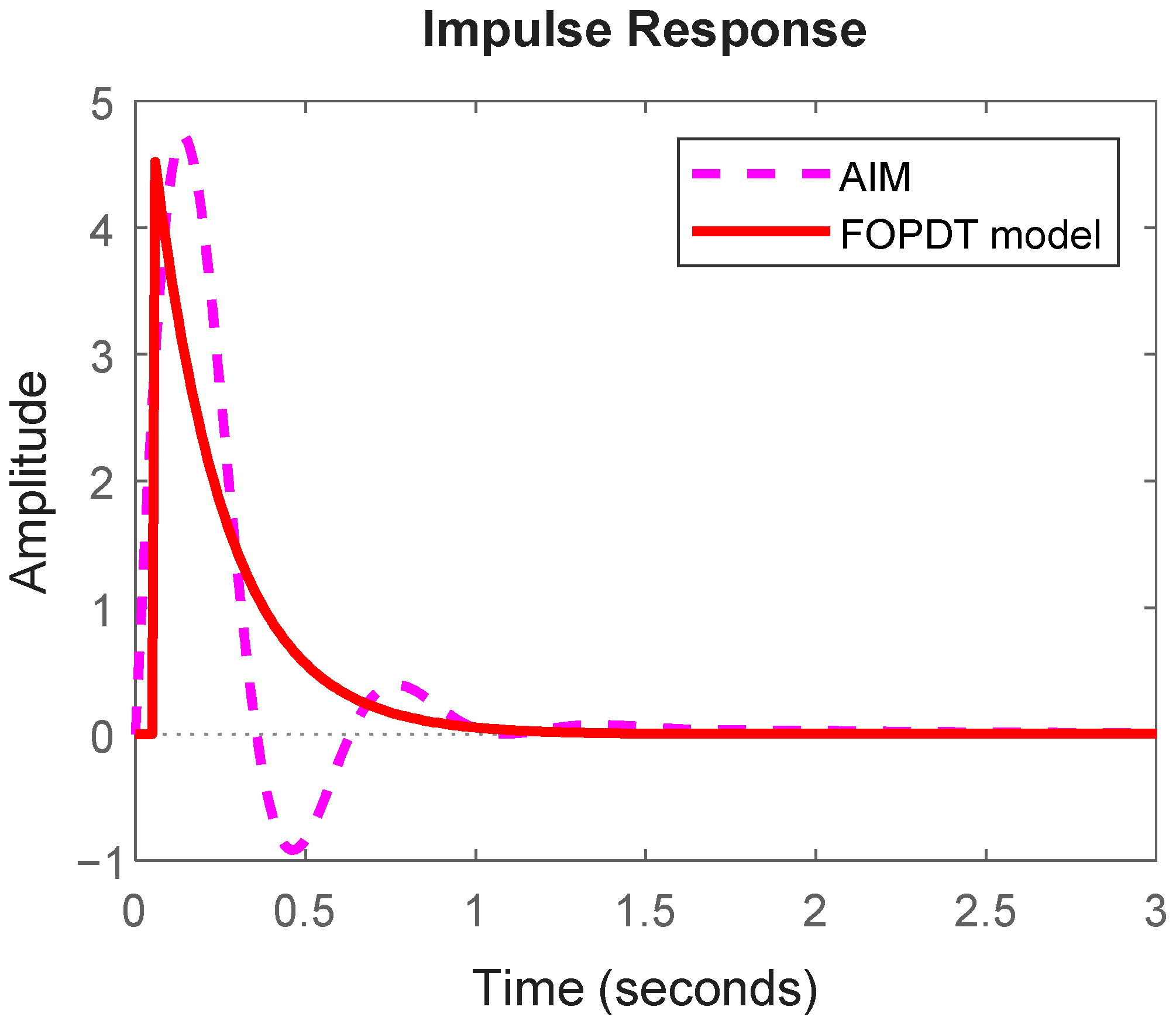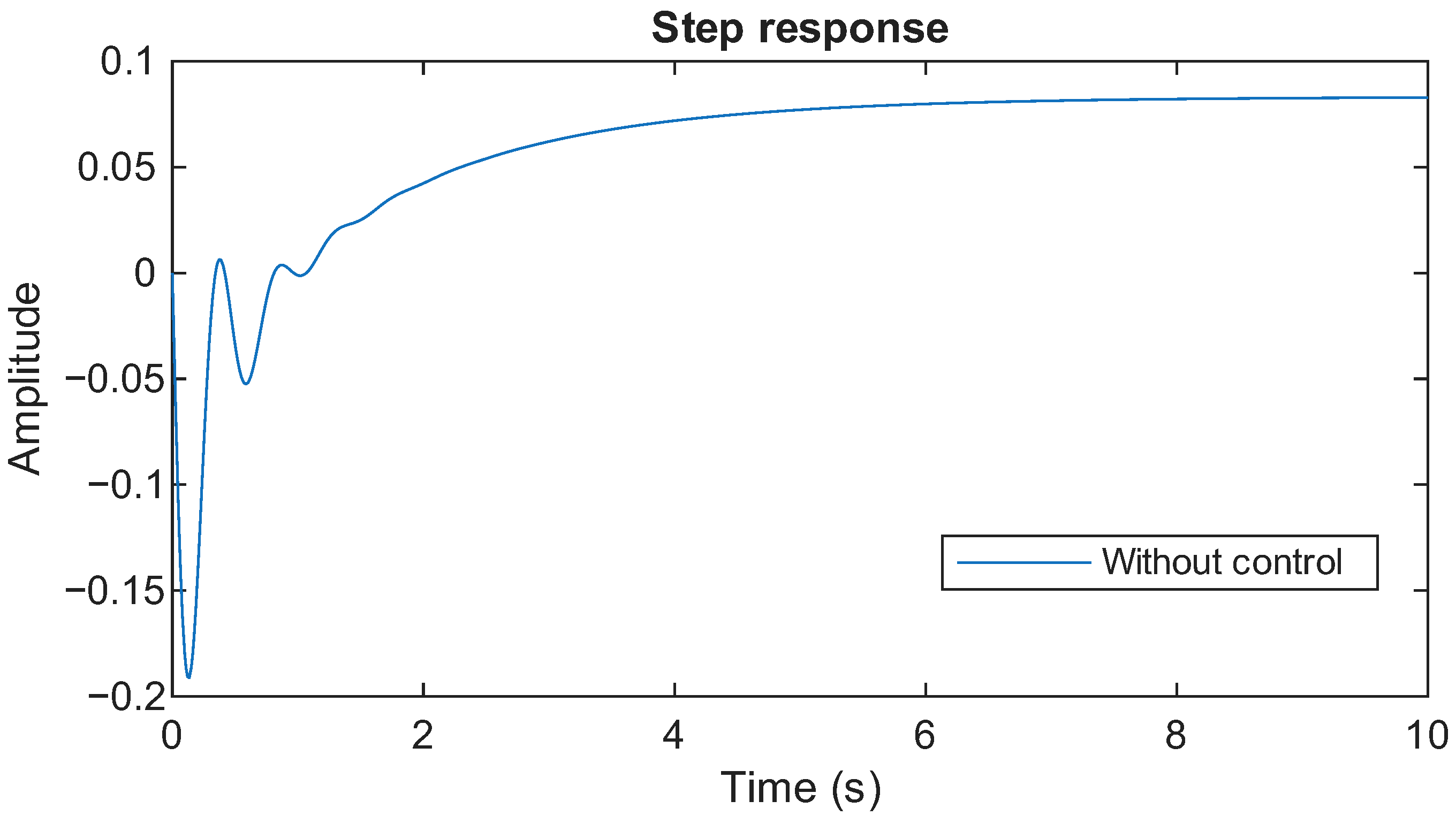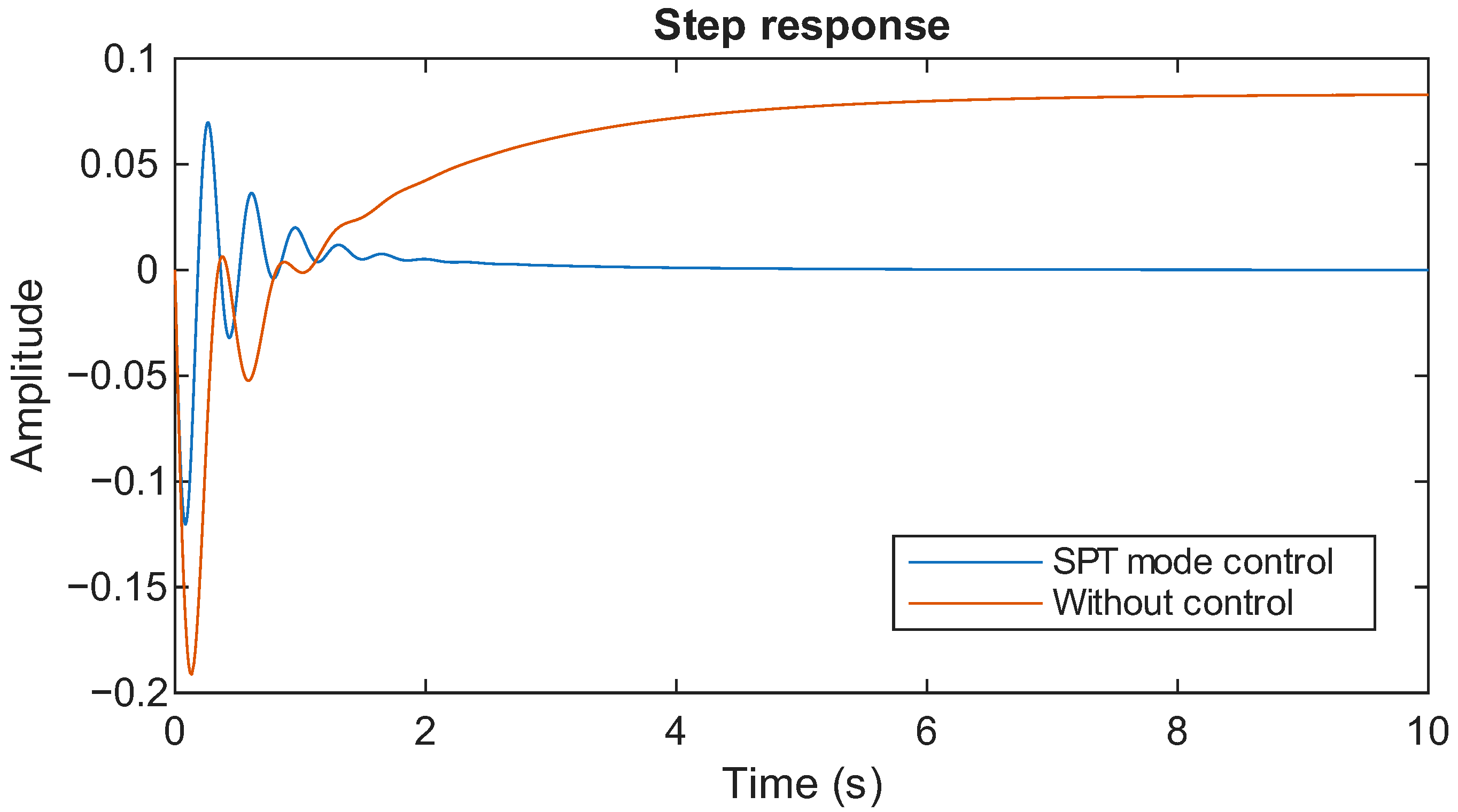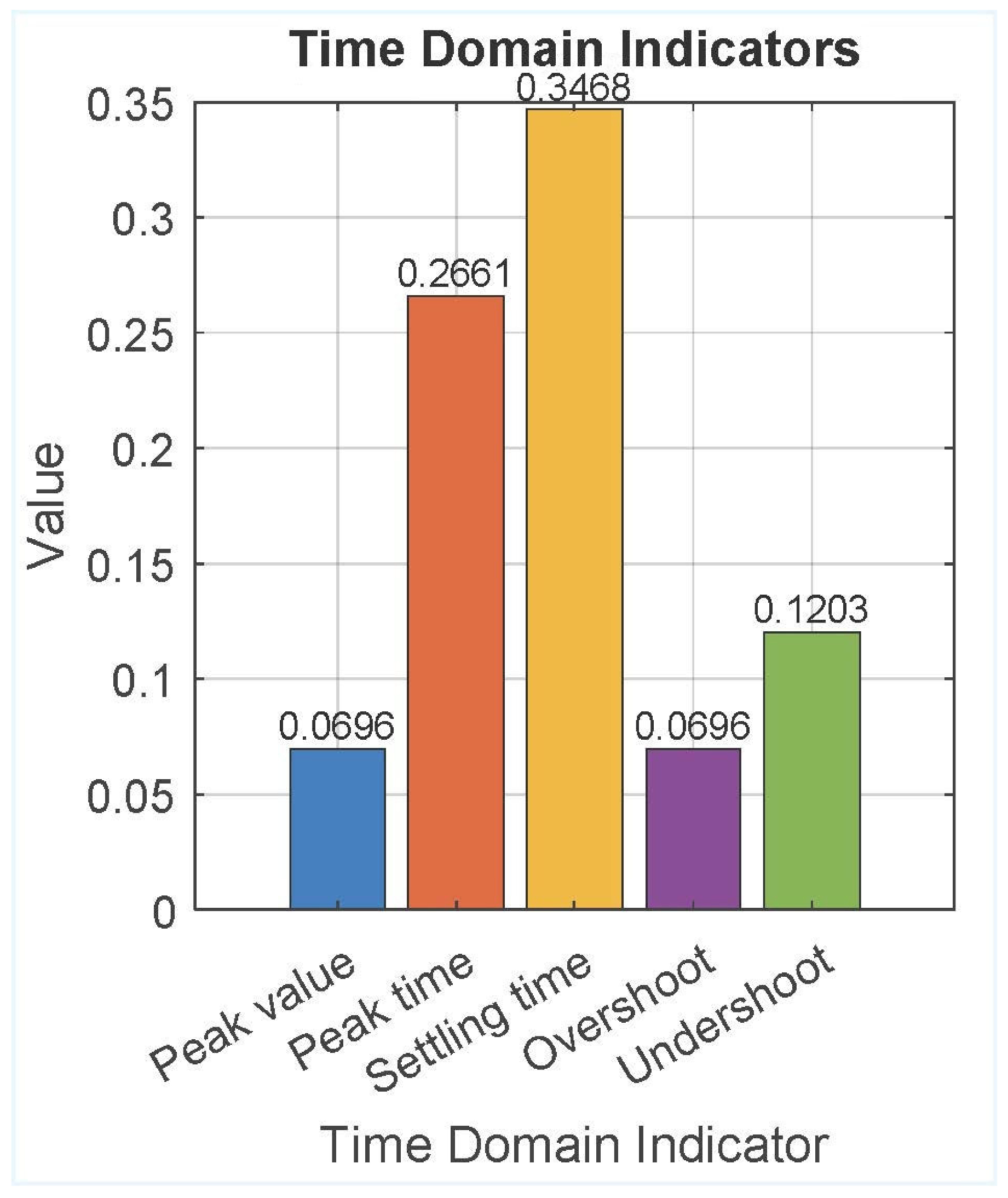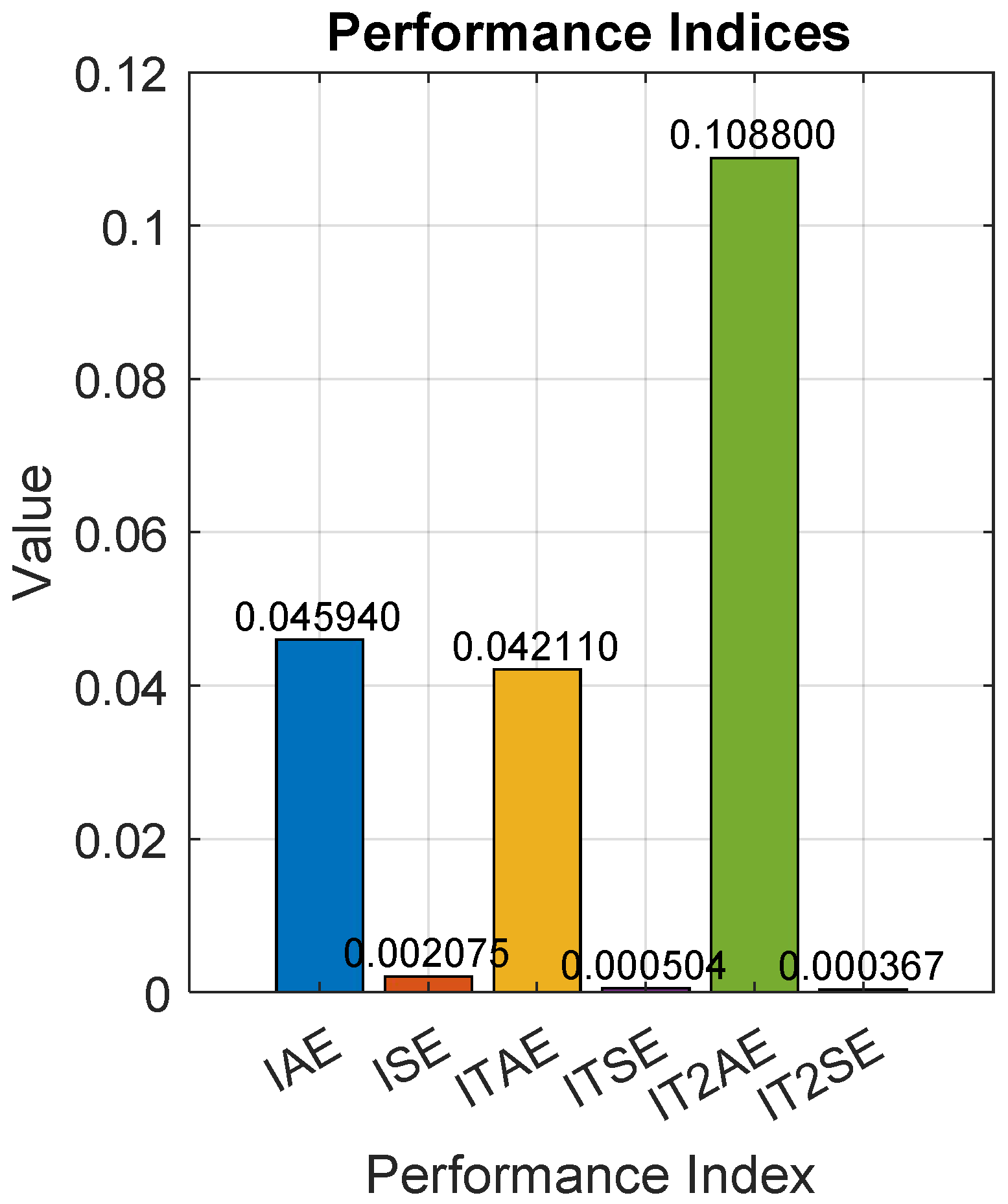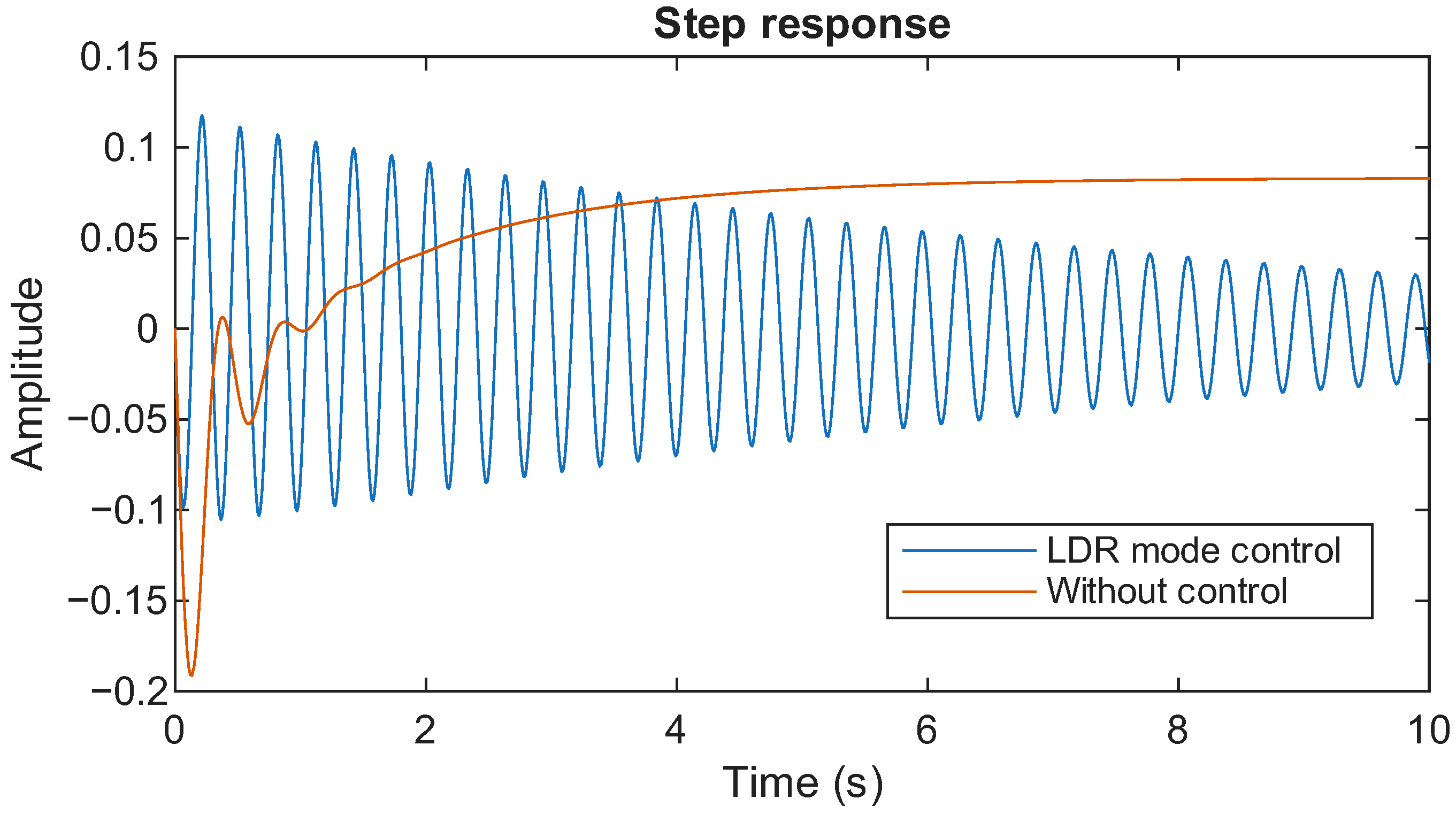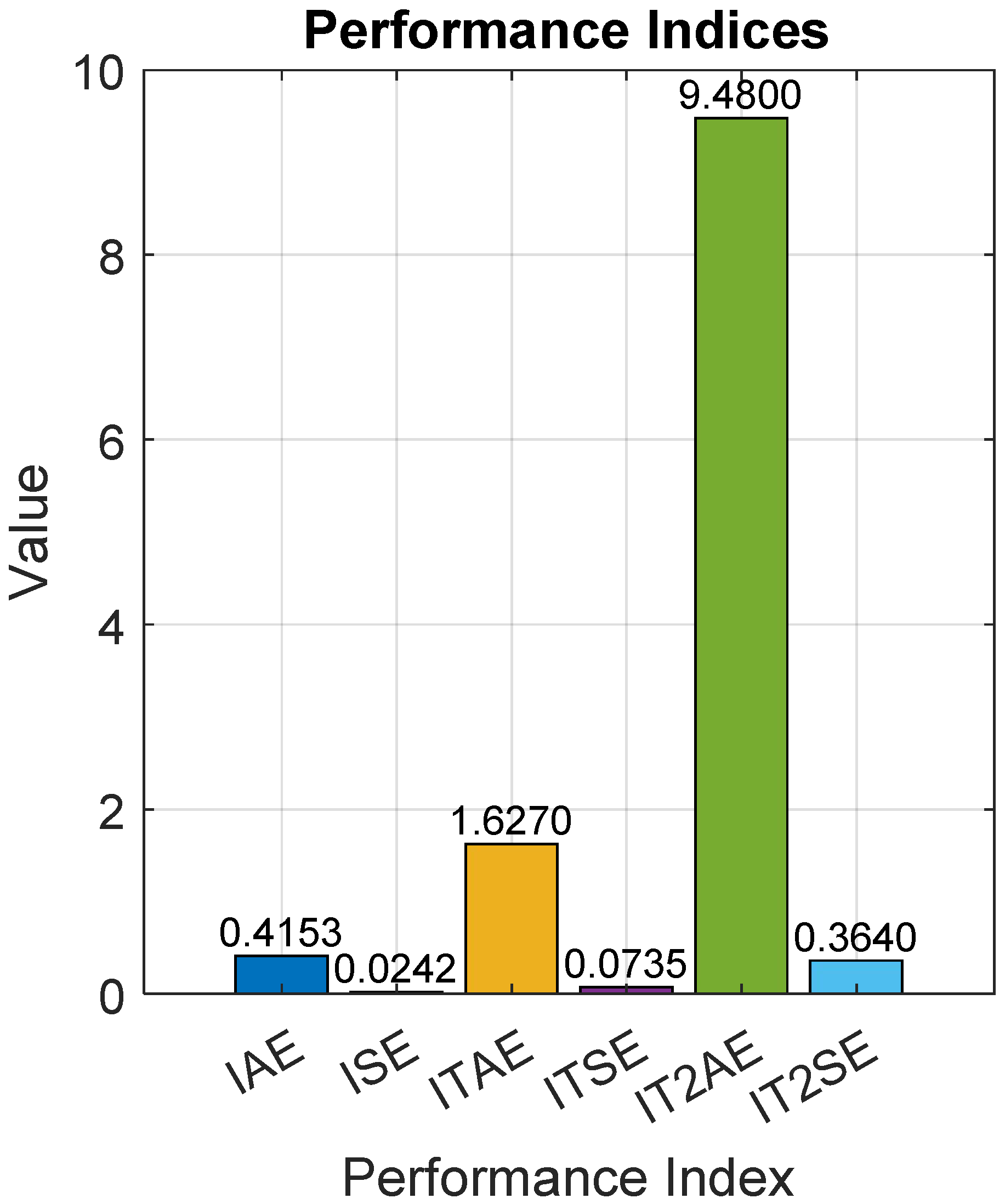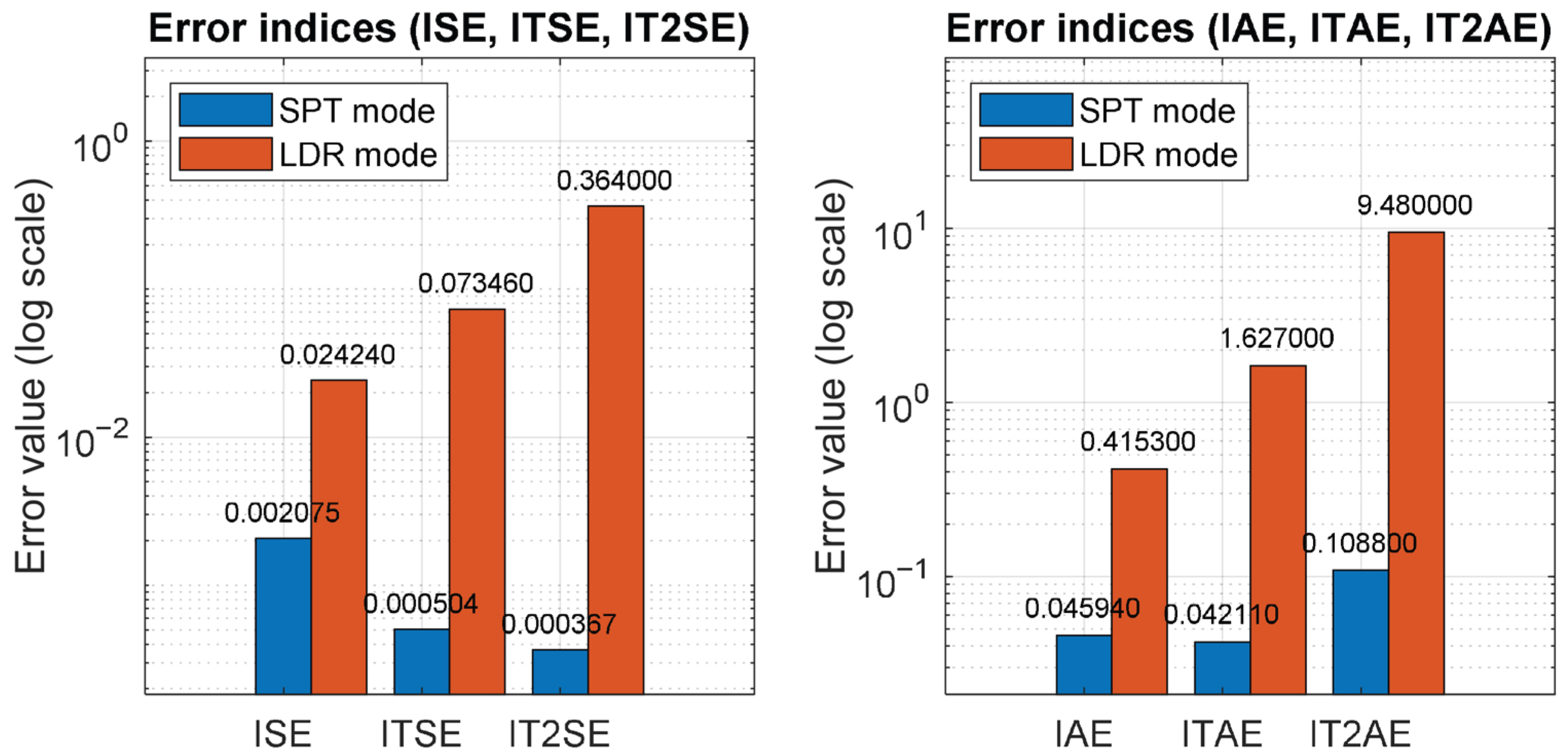1. Introduction
Smart cities represent a new paradigm in urban development, where cutting-edge technology [
1], data-driven decision making [
2], and integrated infrastructure solutions work together to enhance urban living, improve sustainability, and ensure efficient resource use [
3]. A foundational element in smart city planning is the development of intelligent energy systems capable of providing reliable power [
4] while adapting to changing consumption patterns and increasingly incorporating clean energy sources.
Among the most critical and energy-intensive components of smart cities are airport facilities, which require highly dependable and high-quality electricity to maintain safety, operational continuity, and passenger comfort. To meet these challenges, many airports are turning to airport microgrids, self-contained, local power networks optimized for their unique mix of loads, generation sources, and operational priorities [
4]. These microgrids can seamlessly blend conventional power plants, renewable sources, and modern energy storage technologies, empowering airports to operate independently in islanded mode or collaborate with the main utility grid as needed.
A central aspect of effective airport microgrid (AIM) operation within a smart city framework is robust frequency regulation [
5]. Since airports often experience wide-ranging variations in energy demand and supply, keeping the microgrid frequency stable is essential to protect sensitive equipment and maintain overall reliability. Advanced control techniques, including adaptive PID controllers [
4], neural networks [
6], and fuzzy logic systems [
7], are increasingly used to maintain frequency stability despite fluctuations in load and generation. By ensuring effective frequency regulation, AIMs not only improve their own efficiency and resilience but also advance the broader objectives of smart cities for sustainable, adaptive, and secure urban energy management.
The current progress in microgrid systems centers on integrating a diverse mix of renewable energy sources such as wind turbines, solar photovoltaic systems, and biogas and biodiesel generators, along with advanced fuel cells [
5]. Significant developments in energy storage, such as enhanced flywheel systems [
8], next-generation batteries [
9], ultra-capacitors [
10], and superconducting magnetic storage [
11], have become central to maintaining system reliability by effectively storing and delivering power during load changes and unexpected demand spikes. The emerging role of electric vehicles, with storage capacity and two-way charging features, also allows microgrids to manage frequency more flexibly. The addition of environmentally friendly distributed generation options continues to strengthen operational stability [
12,
13,
14].
Leading-edge research now devotes substantial focus to robust frequency regulation strategies, utilizing adaptive solutions capable of addressing rapid demand shifts and the inherent variability in renewable energy production [
15]. Micro-turbine technology is frequently deployed for immediate compensation during significant power swings, while frequency control is increasingly managed using enhanced PID and other intelligent control algorithms [
16]. Practical tuning of these controllers is achieved through rule-based approaches well suited to the unique challenges posed by high-order, dynamically changing power networks. To streamline their implementation, contemporary practice often employs model order reduction, allowing for the creation of efficient control solutions that do not sacrifice system stability or performance [
5,
17].
AIMs possess unique operational requirements that have led to the development of several architectural configurations, including centralized, decentralized, and hybrid control frameworks [
4,
18]. Centralized architectures consolidate control functions within a single unit for streamlined management but may be vulnerable to single-point failures. Decentralized architectures distribute the control responsibilities across multiple localized units associated with individual energy resources, enhancing fault tolerance and scalability but necessitating efficient communication networks [
19]. Hybrid architectures aim to combine the benefits of both, balancing control efficiency, robustness, and adaptability. Additionally, hierarchical control structures featuring primary, secondary, and tertiary layers are commonly adopted to handle real-time frequency regulation, energy management, and coordination with larger power systems. These architectural strategies enable airport microgrids to reliably integrate diverse energy sources and respond swiftly to fluctuating operational demands [
20].
This study targets frequency regulation challenges within an islanded AIM [
4] by applying an IAE-assisted PID control approach. The AIM system is initially modeled using a linearized transfer function, which is then diminished into a first-order plus dead time (FOPDT) model via a reaction curve technique [
5]. Two distinct PID controllers are developed with focuses on set-point tracking (SPT) and load disturbance rejection (LDR) [
21,
22]. Comparative results are obtained and tabulated for an SPT-mode controller and an LDR-mode controller. The control strategy’s performance is validated through detailed assessments of the tuning parameters and time-domain system responses, evidencing its applicability for robust frequency regulation in AIM environments. The main contributions of this work are summarized as follows:
The derivation of a linearized transfer function model for an islanded AIM, followed by the design of an approximant in the form of an FOPDT representation using a reaction-curve-based approach to facilitate effective controller design;
The development of two PID controllers for set-point tracking and load disturbance rejection modes, addressing different aspects of frequency regulation;
The execution of a comparative evaluation demonstrating the superior transient response and frequency stabilization provided by the set-point tracking PID controller;
Validation of the proposed control scheme through a comprehensive analysis of the controller tuning parameters and system performance indicators;
The establishment of a practical framework for implementing IAE-assisted PID control in islanded AIM systems to enhance the accuracy and reliability of frequency regulation.
This paper is structured as follows:
Section 2 provides an overview of the AIM architecture, including detailed modeling of the distributed generation units and energy storage devices, along with their equivalent transfer functions. This section also provides details of the design and tuning of PID controllers using rule-based methods.
Section 3 details the derivation and approximation of the islanded AIM’s transfer function and presents experimental results comparing the controller performance with and without tuning. Finally,
Section 4 concludes this study with summarizing remarks and future research directions.
4. Conclusions
This study extensively examined frequency regulation of islanded AIM systems by employing an IAE-assisted control methodology. A PID controller is designed and implemented based on a linearized transfer function model of the islanded AIM, which is then effectively approximated using the FOPDT approach. A major achievement of this work is the precise application of the reaction curve technique to accurately extracting the FOPDT model from the linearized AIM system dynamics. In this research, two distinct PID controllers were developed, one designed for SPT mode and the other for LDR mode. Comprehensive results demonstrated that the SPT mode controller notably outperformed the LDR mode by providing an enhanced transient response and significantly reduced error values, indicating superior control accuracy and stability. The effectiveness and reliability of the proposed control scheme are well supported by extensive tabulated data detailing the tuned controller parameters and corresponding time-domain performance indices, reinforcing the practical applicability of the approach. The SPT mode consistently exhibits significantly lower error values across all indices: for example, IAE and ISE values of 0.04594 and 0.002075 compared to 0.4153 and 0.02424 in LDR mode, respectively, highlighting a marked reduction in the cumulative error. Similarly, the ITAE, ITSE, IT2AE, and IT2SE values for SPT mode remain substantially lower than those in LDR mode, demonstrating a more accurate and stable control performance with reduced deviations and a better transient response under the SPT scheme.
For future work, it is recommended to incorporate modern learning-based optimization algorithms for PID tuning, which could enhance controller performance and adaptability further. Additionally, investigating the potential of fractional-order PID controllers presents an opportunity to improve frequency control with finer-tuning capabilities. Lastly, addressing cyber-physical security concerns for AIM systems by developing robust security frameworks will be crucial to safeguarding the reliability and resilience of these systems against potential cyber threats and ensuring stable microgrid operation under real-world conditions.

